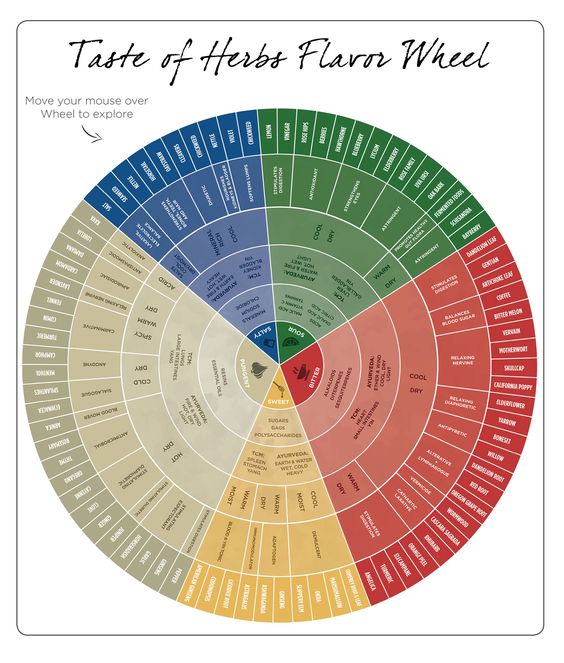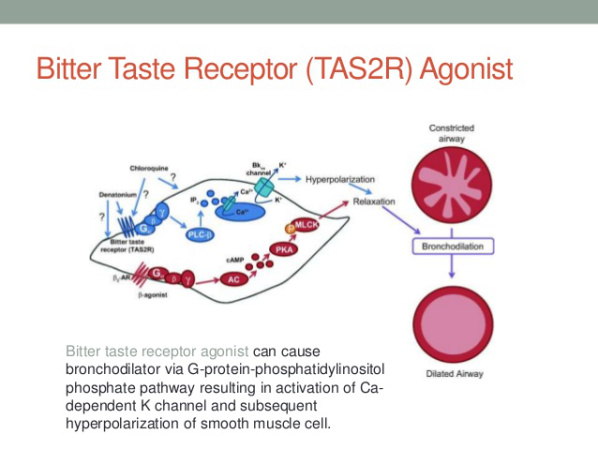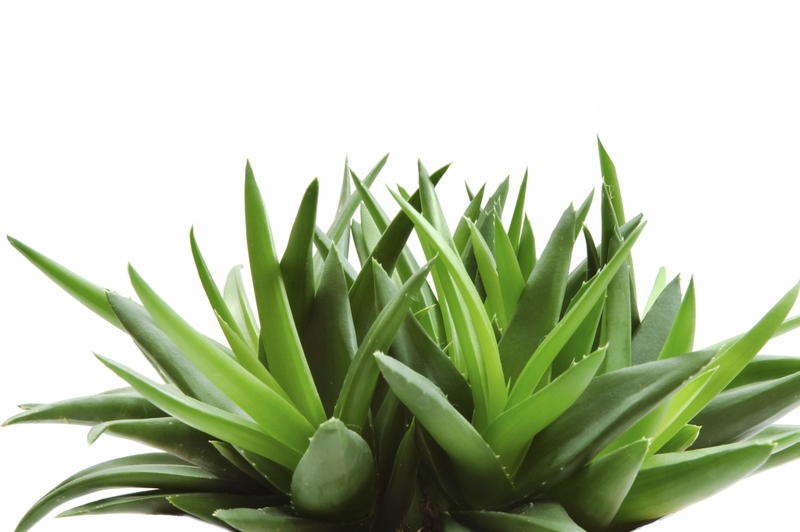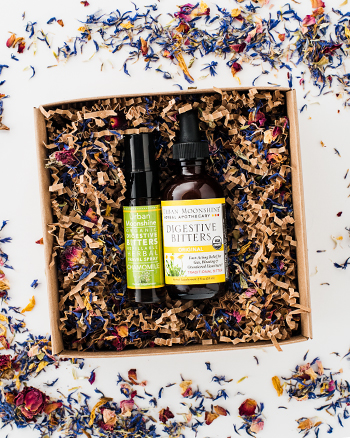The Taste of Herbs
We carry a line of herbs called Mountain Rose Herbs, and I discovered a webinar via their Instagram. The following are notes I took from a 2 hour webinar, given by herbalist Rosalee de la Forêt. As an herbal consultant, she helps people find natural solutions to their chronic health problems through her programs at HerbsWithRosalee.com. Rosalee’s book, Alchemy of Herbs: Transform Everyday Ingredients into Foods & Remedies That Heal, will be published Spring, 2017 by Hay House.
The chart below explains the five flavors: pungent, salty, sour, bitter, & sweet
If the chart were in a pyramid, the top would be the type of herb, followed by the herbal action, energetics, chemical constituents & herbal classification, & taste.
A short history of herbalism:
60,000 years ago Neanderthals used herbs.
5,000 years ago Ayurveda.
4,000 years ago Traditional Chinese Medicine.
3,500 years ago Greek Medicine.
15th century Paracelsus Poisons.
19th-20th century Eclectic Physicians.
1899 American Medical Association Incorporated.
1939 Last Eclectic College closes…
Herbs go underground…
1960’s Resurgence.
Part 1: Your Personal Constitution
Hot– People with warmer constitutions tend to feel warmer than others, tend to have a loud voice, tend to easily have a red face/flushed, tongue may be bright red, loud voice and loud opinions, prefer cold weather
Cold– People tend to feel colder than others, tend to have a quieter voice, tend to have a pale face, tend to have low energy levels, prefer warm weather
Damp– Tend to sweat more easily, have a runny nose more often, arms and legs might feel heavy, may have a thick coating on their tongue, skin and hair might be oily, prefer dry climates
Dry– May have rough and dry skin, may have a dry throat/nose, and/or mouth, hair and skin may feel dry, may not have any coating on their tongue, skin and scalp may be itchy, prefer humid climates
You are unique – Knowing your personal constitution makes you a better herbalist. Herbalism is best when used for the unique individual, not the disease. You have a unique blend of four qualities (hot, cold, dry, damp). Nothing is static in nature, or in you. Western Medicine tends to look at the disease. Rosalee defines Western medicine as the One Solution Syndrome (to every illness): If ten people walked in to see a doctor for their eczema, they would all walk out with one treatment. In traditional medicine, ten different people would each have their own solution. Natural Health Practitioners pay less attention to the disease and pay more attention to who you are.
Part 2: The Taste of Herbs & Plant Energetics
Just like people have a blend of constitutions, plants do too. How do we know? The answer lies in their taste. Tasting herbs is both practical and the key to understanding herbal energetics. In Ayurveda, there are 6 types of tastes, in Traditional Chinese Medicine (TCM), there are 5. “Understanding taste is a glimpse into the language of plants.” The 6th taste in Ayurveda is astringent, but in TCM, it is very similar to sour.
“To me, any herbalist who doesn’t know the taste of an herb but attempts to use it can be compared to a painter who doesn’t know the colors of the rainbow, or a musician who doesn’t know the scales.” – Alan Keith Tillotson, Herbalist
Does the person have too much heat? Cold? Is there too much dryness or moisture? Once an herbalist understands the person, then they can match the herbs to that person. This is a very practical concept. In winter, we will gravitate towards warmer foods, and in the summer we eat colder foods. The same concept applies to herbalism. Taste can also determine whether you have the right herb. When herbs are made into powders, they look very similar. The majority of herbal safety problems comes from adulterated herbs. Skullcap being adulterated with germander is a key example.

Part 3: Bitters!
Bitters are becoming very popular. Back in 2003, there were only three companies in the cocktail market. Now they are everywhere. Beers are getting more bitter. We have bitter receptor sites all throughout our body, it’s known as the TAS2R receptor: 
Fun facts: There are over 600 bitter chemical constituents (that have been discovered so far). We have bitter receptors everywhere in our body: our heart, lungs, stomach, pancreas (and even sperm).
“Bitters have been known to help reduce anxiety, relieve a variety of digestive complaints, balance blood sugar, reduce symptoms of cold or flu, and much more. Bitter tastes are cooling and drying. When the tongue detects bitterness it increases salivary secretions, which creates a cascade of digestive secretions from HCL to bile to pancreatic enzymes; thus, it promotes digestion.”
For more scientific information, check out this link:
There are many types of bitters. Some can be taken daily to stimulate our digestion: saliva, bile, gastric enzymes, and peristalsis. These herbs include, but are not limited to: angelica, elecampane, gentian, and dandelion.
For more acute situations, some bitters help balance blood sugar: bitter melon, oregon grape root, coffee, cacao
Relaxing nervines: California poppy, skullcap, passionflower, vervain. These help relieve us of our fight-or-flight response and bring us back to a parasympathetic state.
Let’s pause and take a moment to look at passionflower…






Relaxing diaphoretic: Elderflowers, bonset (for sweating)
Antipyretic: Willow, meadowsweet (for fevers)
Alteratives: Dandelion, turmeric, burdock, red clover (restore health)


Vermicidal: Wormword, black walnut (kills worms, very bitter)
Cathartic laxative: Senna, rhubarb, aloe (fresh), cascara sagrada. These should only be used occasionally. 
Note: Swedish Bitters contain laxatives. Other bitter formulas we carry, such as Urban Moonshine and Herbal Revolution, can be taken daily.






